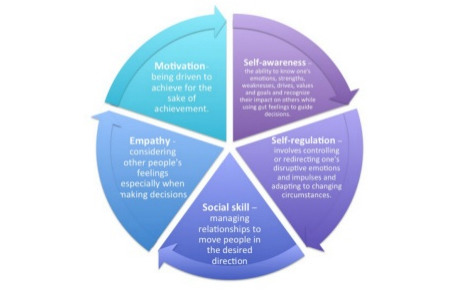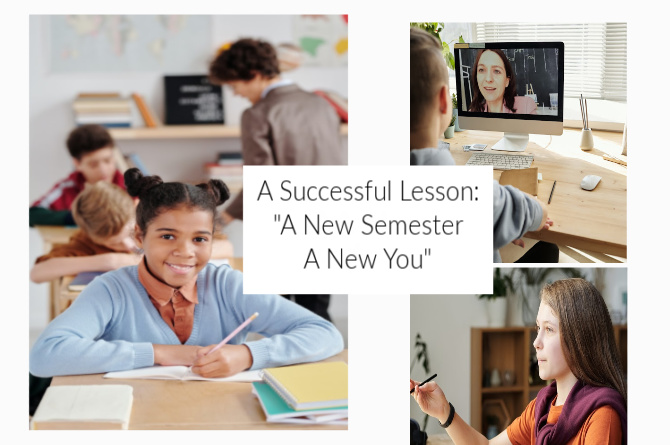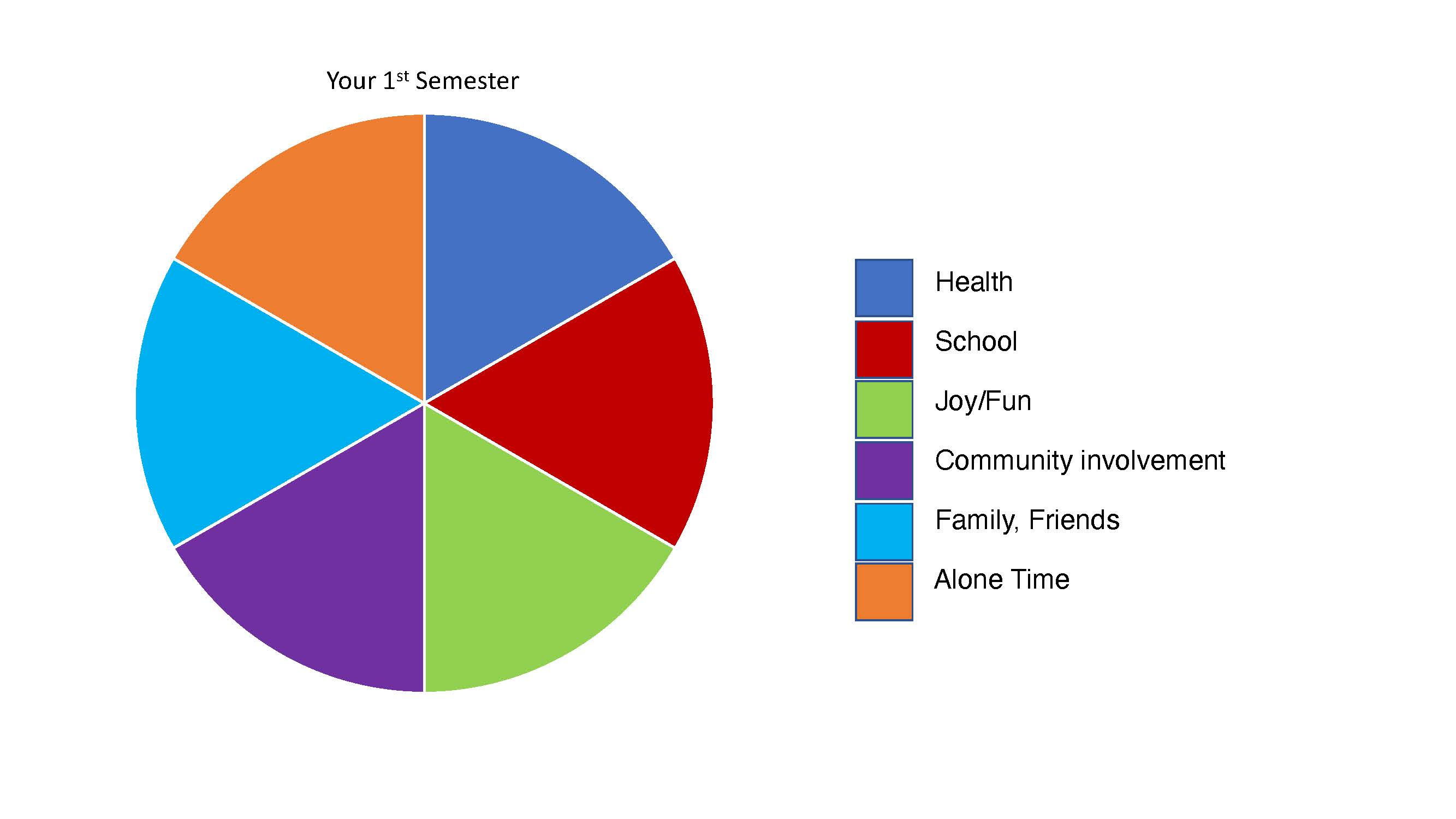Guest post written by Niko Yasui
A successful lesson I have used over the past ten years has been “A New Semester a New You.” A colleague showed me when I first started and where she got it from; I am unsure. Students graph out in a pie chart how balanced they feel their lives are and how fulfilled they are about different segments of their lives (Family/Friends, Alone Time, Health, School, Community, Fun).
They physically graph this out on paper and color the segments based on how fulfilled they are in each area. They then write two goals for each segment, and then for the two areas they need to work on most, they write two objectives on meeting those goals. Once they have completed the physical graph, they write a reflection and show their graph, and read their reflection out for the class.
As the name implies, this is something I do at the start of the second semester in my English classes so students can see where they may need to change things to balance out their lives a little more. I enjoy this activity because students can show off their creativity with the physical display, do some self-reflection to begin the activity, see it to its end, do a substantial amount of writing, and then give a presentation to the class. It hits a lot of skills we work on in the first semester and sets more of a growth mindset for them as they move into the second semester.
One of the biggest takeaways from the class has been how to develop relationships with students from a distance; how do we successfully start a school year when we haven’t met our students before, and we have to engage them through a screen into their homes. I liked a lot of the ideas that came up in the last two lessons with Charity about finding what makes you happy and how you work through unhappiness to get back on track, as well as her last lesson on prioritizing what matters. It gave me the idea to adapt my New Semester Lesson and incorporating the graph from her presentation on The Mixed Model of Emotional Intelligence.

They physically graph this out on paper and color the segments based on how fulfilled they are in each area. They then write two goals for each segment, and then for the two areas they need to work on most, they write two objectives on meeting those goals. Once they have completed the physical graph, they write a reflection, show their graph, and read. If we begin this next year with discussions around what we need to be successful as students and teachers and work to create norms based on a Growth Mindset, students will be on the right track to get the year going smoothly. Then focusing on education around the five wedges in this new chart, we can discuss literature, current news, and personal lives to get working definitions of the terms. Classes can post images up on what motivates them, where we see empathy at work in what we are reading, what strategies they use, and how to self regulate our emotions, what works, and what doesn’t?
Students will then be given this new assignment to do some self-reflection on how they are underutilizing or overly engaging in the categories above. They will then set some goals and objectives with the old assignment and present their charts with the class and myself. I can then use this as a launching off point with future assignments, connecting their charts and the information I learned about my students through them to give a more personal touch to an impersonal screen.
This guest article was written by Niko Yasui while taking a video conference course for continuing education credits, Education in the Age of Pandemic, presented by Mike Seymour and various THI instructors.







